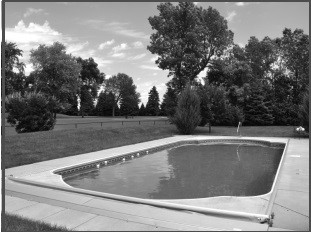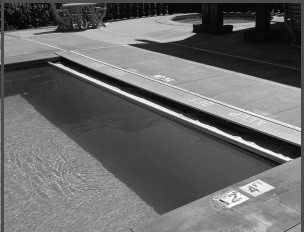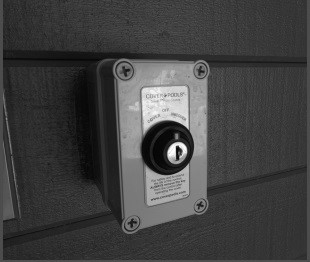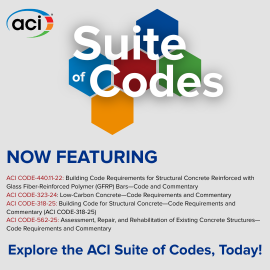
Code Corner: 2021 International Swimming Pool and Spa Code Chapter 3: General Compliance
The Code Corner, explores sections of the I-Codes each month, focusing on key elements of these essential codes. This month, we’re spotlighting the scope of Chapter 3 of the 2021 International Swimming Pool and Spa Code: General Compliance.
The International Codes® (I-Codes), developed by the International Code Council, are a family of fifteen coordinated, modern building safety codes that help ensure the design and construction of safe, sustainable and affordable structures.
The I-Codes are the most widely adopted set of model codes globally, implemented in all 50 U.S. states and many countries around the world.
The Building Safety Journal’s series, Code Corner, explores sections of the I-Codes each month, focusing on key elements of these essential codes. This month, we’re spotlighting the scope of Chapter 3 of the 2021 International Swimming Pool and Spa Code® (ISPSC): General Compliance.
International Swimming Pool and Spa Code 305.1 General
The provisions of Section 305: Barrier Requirements shall apply to the design of barriers for restricting entry into areas having pools and spas. Where spas or hot tubs are equipped with a lockable safety cover complying with ASTM F1346 and swimming pools are equipped with a powered safety cover that complies with ASTM F1346, the areas where those spas, hot tubs or pools are located shall not be required to comply with Sections 305.2 through 305.7.
Barriers around pools and spas significantly restrict unauthorized access to them. The perimeter barrier design requirements in this section are especially focused on preventing children from having access to an area where the potential for drowning or near drowning is very high. Once children are inside the barrier perimeter, only constant adult supervision of those children can prevent drowning or near drowning.
Where spas and hot tubs are provided with lockable covers complying with ASTM F1346 and pools are provided with power safety covers complying with ASTM F1346, barriers are not required. Commentary Figures 305.1(1) and 305.1(2) show powered safety covers on residential and public swimming pools, respectively.


When covers are retracted on pools or removed from spas, only constant adult supervision of a pool and spa can prevent children from drowning or near drowning. Thus, when adults choose to leave the pool or spa area, common sense dictates that children are removed from the pool or spa and the cover installed immediately. Therefore, a thorough inspection of covers, cover latching systems and cover deployment systems (and their operation) is necessary, as these covers are the only required line of defense against drowning or near drowning of children when adults are not present.
Although the code is silent about the controls for electric-powered safety covers for pools, it is a reasonable assumption that care would be taken to keep the operating controls secured so only those persons responsible enough to not trap users in the pool would be operating the cover [see Commentary Figure 305.1(3)].

Note that a nonpowered pool cover (i.e., one that is manually installed) does not provide relief of the barrier requirement [see Commentary Figure 305.1(4)].
Even though a manual pool cover might comply with the requirements of ASTM F1346, installation of manually installed covers are time consuming and could be somewhat complicated such that they would not be used every time the pool was not in use.
To learn more about the Code Council’s ISPSC, click here. To stay updated on the latest PMG industry news, subscribe to the Code Council’s PMG newsletter here.






